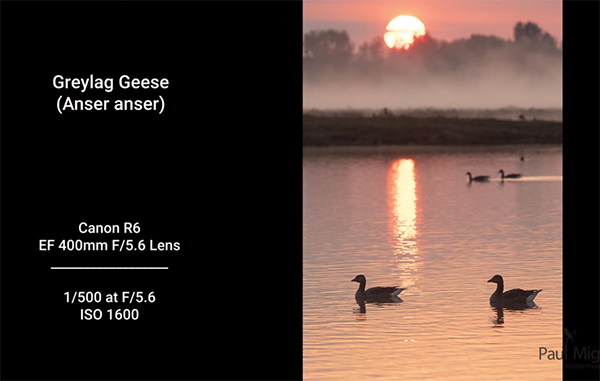How to Shoot Dramatic Nature and Wildlife Photos in Silhouette (VIDEO)
We all strive to capture photos in which the primary subject of a scene is full of detail and properly exposed. Today, however, you’ll learn a different approach whereby the subject is shy on detail but full of drama and impact.
Today’s tutorial is all about the visual power of silhouettes, whether you’re photographing birds, other forms of wildlife, or even landscape and seascapes with a compelling element against a bright sky. Instructor Paul Miguel is a versatile British pro whose portfolio contains everything from wildlife, nature scenes, and macro shots ,to amazing landscape photos captured in Iceland.
Miguel covers a lot of ground in 17 minutes, so you may want to jot down a few notes for future reference. He demonstrates what he considers the best exposure, focusing, and composition techniques to use, and how to use prevailing light to advantage. There are also a bunch of tips on how to become more creative with this unique form of photography.

Images of birds in flight are a classic example, especially when photographed against the sun at sunrise and sunset, and that’s where Miguel begins. His first suggestion is to find a location that’s nice and open, with an unobstructed view of the sky. As you’ll see in this behind-the-scenes video, the spot he chose fits the bill perfectly from first thing in the morning to just before night.
It’s not necessary to have the sun in your composition. But when you do Miguel explains why he prefers only a part of the sun encroaching on one side of the scene. A more common and easier technique to master is photographing the subject against a clear sky with the sun outside the frame.
You’ll also see how a few clouds can heighten the effect if they’re positioned properly with regard to your subject. Miguel’s tips are illustrated with captivating photos that include captions with gear information and the camera settings he used.

The most important aspect of silhouette photography is arriving at a correct exposure, and Miguel demonstrates how to do that in various situations. One trick is exposing for the highlights. He also provides solid advice for nailing focus in the process.
The discussion also includes concentrating on strong shapes when wildlife subjects aren’t part of the game. Picking the best vantage point and camera angles are also worthy of consideration. Miguel concludes the video by demonstrating several post-processing techniques for refining your results.
Miguel’s instructional YouTube channel is well work a look, as is the recent tutorial we posted in which you’ll see how another pro creates awe-inspiring landscape photographs with magical light.







